While advanced medical care is crucial for babies, they often face stressors that were meant to be shielded in the womb—like noise, light, painful procedures, and disrupted sleep cycles. Unfortunately, these stimuli can impact the underdeveloped neurological system, leading to potential short, medium, and long-term consequences.
Parents need the assistance of a kangaroo care device that supports the baby in the proper Kangaroo Care position, minimizing disturbances, facilitating immediate quiet and immediate access to the baby for interventions, and allowing parents to be hands-free for safe rest or other activities, enabling resting and longer holding periods.
Being present in the NICU early on creates a kinder environment for the baby during Kangaroo Care. Aim for at least an hour of holding, equivalent to a full sleep cycle, providing effective support and nurturing your baby's development. WHO recommends 8-24 hours of kangaroo care for preemies.
Many sessions a day if necessary and with minimal interruptions, is recommended by The American Academy of Pediatrics, The Academy of Breastfeeding Medicine, UNICEF, the World Health Organization, the Neonatal Resuscitation Program, and the United States Institute of Kangaroo Care.
"Best Practice is Kangaroo Care as soon as possible, for as long as possible, and as uninterrupted as possible"
(Nyqvist et al., 2010, May Acta Paediatrica)
Kangaroo Care Position:
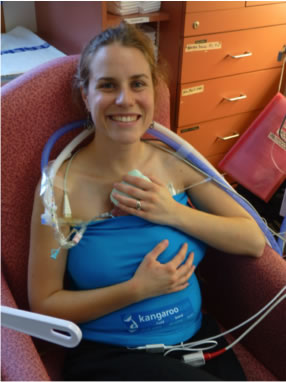 Mother/adult: sitting up or reclined (never horizontal, side lying, or prone). Place the baby over the chest's bare skin. May wear an open top (shirt, blouse, robe, gown, sweater) if needed for comfort.
Mother/adult: sitting up or reclined (never horizontal, side lying, or prone). Place the baby over the chest's bare skin. May wear an open top (shirt, blouse, robe, gown, sweater) if needed for comfort.
Infant: Infant is placed between the mother's bare breast, strictly vertical and in a prone position, with legs and arms flexed, head in midline and lateral position to allow maximum skin-to-skin exposure. The top of the baby's head is placed a couple of inches lower than the mother's neck. Once the infant is properly positioned, lift the wrap to cover the baby's back up to the level of the earlobe. Make sure the baby's face is uncovered and the nose unobstructed.
Baby only wears diaper (no higher than the belly button) and a hat. Socks may be worn if the room is too cold.
Birth Kangaroo Care (Golden Hour, Sacred Hour, or immediate Kangaroo Care):
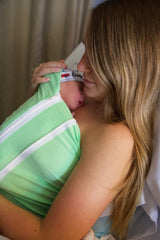 . . |
Vaginal Delivery: During the first one or two hours of life of a healthy or stable baby, when the baby is placed in birth KC position: strictly vertical between the breasts of the mother, and the eye level of the child is at the level of the mother's nipples to reduce the length of the "natural journey" to the first breastfeed. After feeding keep the baby secure and vertical |
 |
C-Section: across the chest of the mom, covered. Mom's leads are out of the way of the baby. |
Must Read for Birth Kangaroo Care, also known as Golden Hour:
"Infant Assessment and Reduction of Sudden Unexpected Postnatal Collapse Risk During Skin to Skin Contact" by Susan M. Ludington-Hoe, PhD, RN, CNM, CKC, FAAN; Kathy Morgan, BSN, RN, CKC, NNPBC
Checklists and Procedures: Step-by-Step Birth Kangaroo Care (Competency Checklist)
Resting in Kangaroo Position:
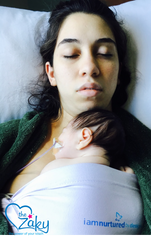
Parents can rest in a semi-reclined bed or chair (the angle of the hips makes rolling over impossible while reclined), and if the baby is secured with a proper containment, warmth by a kangaroo care device that provides safety there will be no risk of the baby sliding under the wrap or falling. Another adult must supervise the parent/baby when the parent sleeps.
Warning:
There are many kangaroo care/skin to skin devices in the market, so make sure you carefully evaluate them for your baby or patient population before making a selection.
Babies must be properly contained by a wrap, without needing the hands of the parents, so they may rest while doing Kangaroo Care. According to the World Health Organization, the mother will best sleep with the baby in kangaroo position in a reclined or semi-recumbent position (never horizontal). It has been observed that this position may decrease the risk of apnoea for the baby.
The safety device selected must be designed to prevent sliding and hold the weight of the baby without the need of the hands of the parent. It needs to be sized correctly every time and use a fabric that keeps the baby warm. Only a device that keeps the baby safe, warm, and in the correct position (without the parent's hands) may be appropriate for the parent sleeping while supervised.
A comfortable chair with adjustable back may be useful for resting during the day.
[All photos are published with explicit permission by The Zaky ZAK and Nurtured by Design]

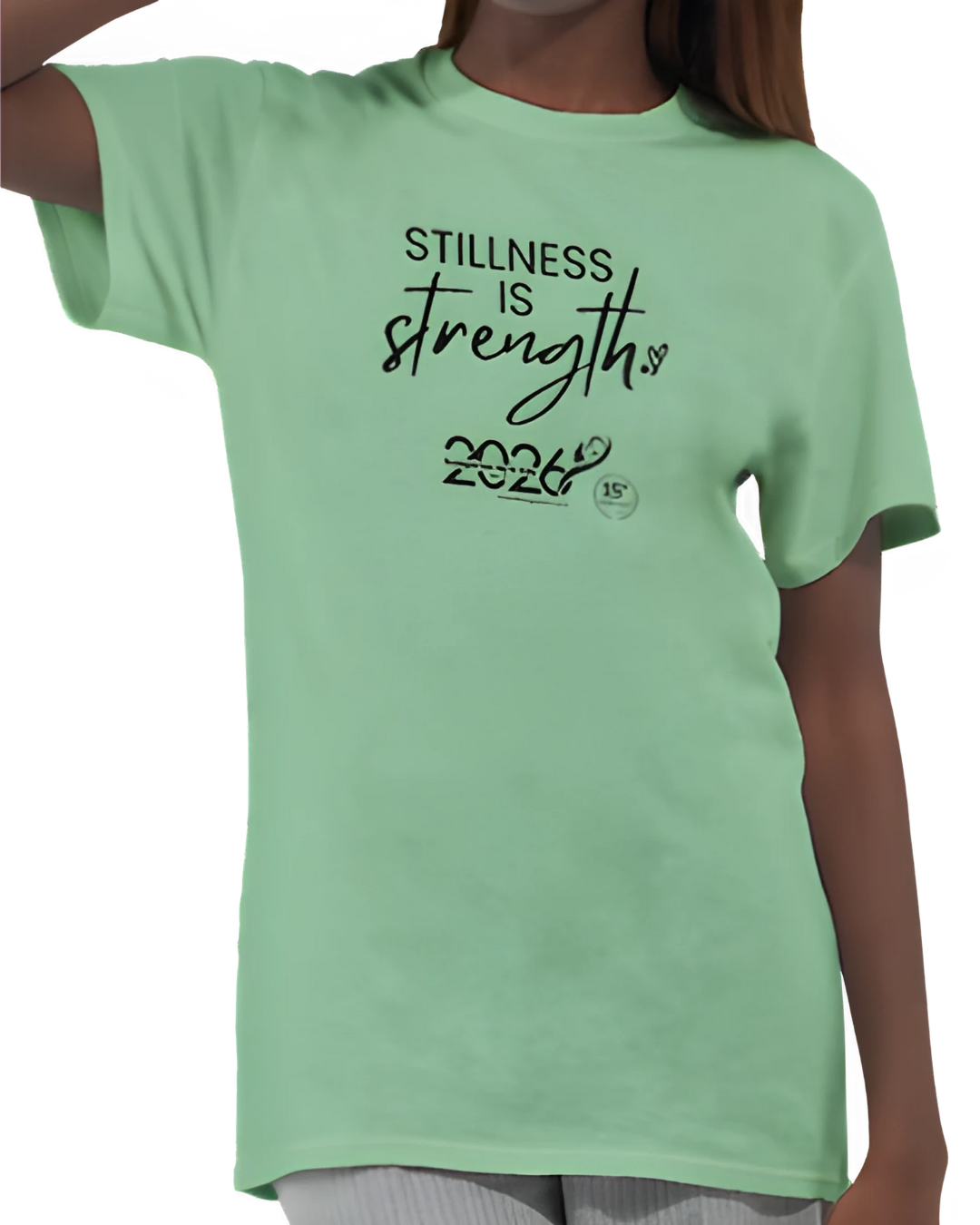
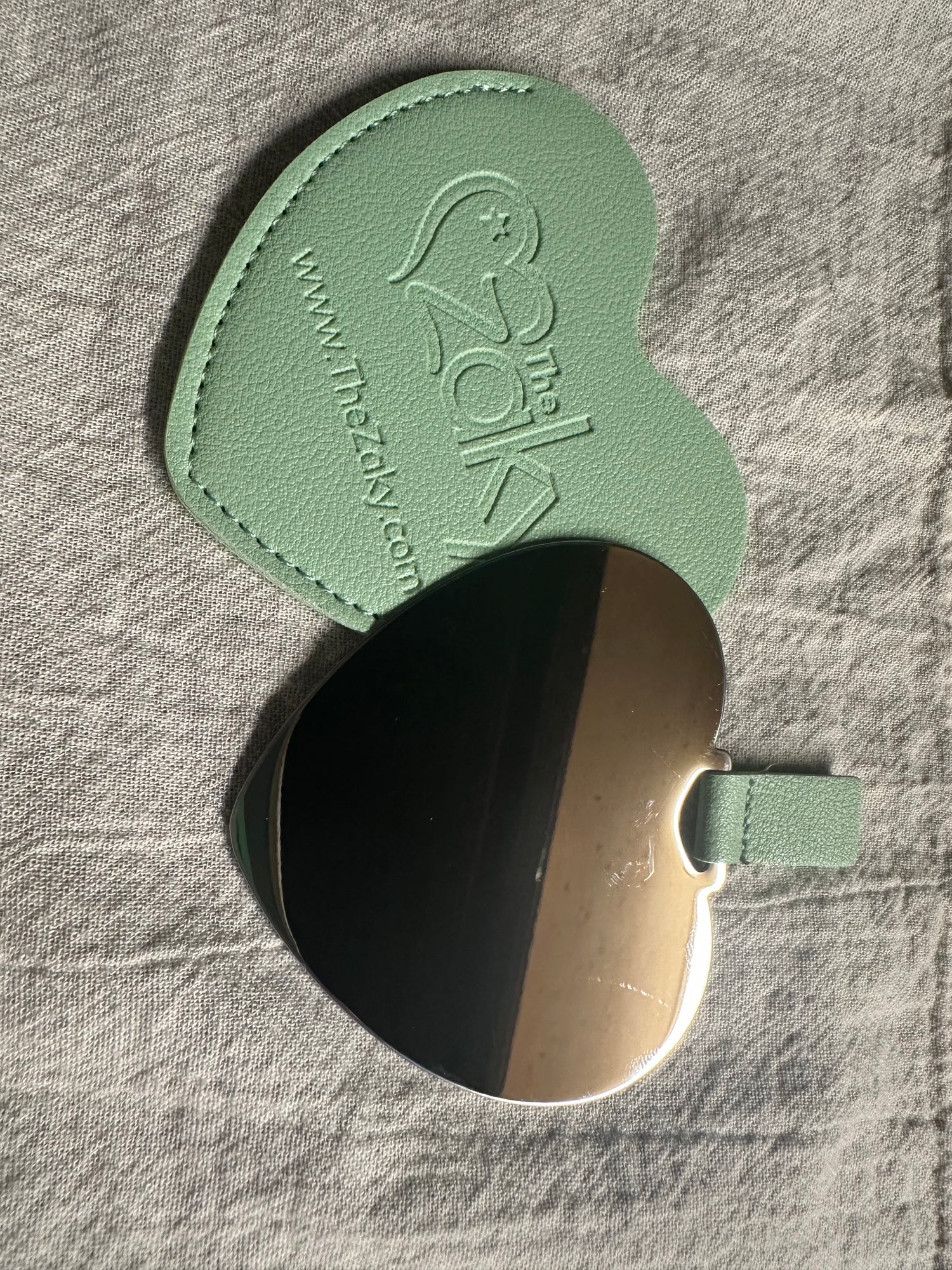
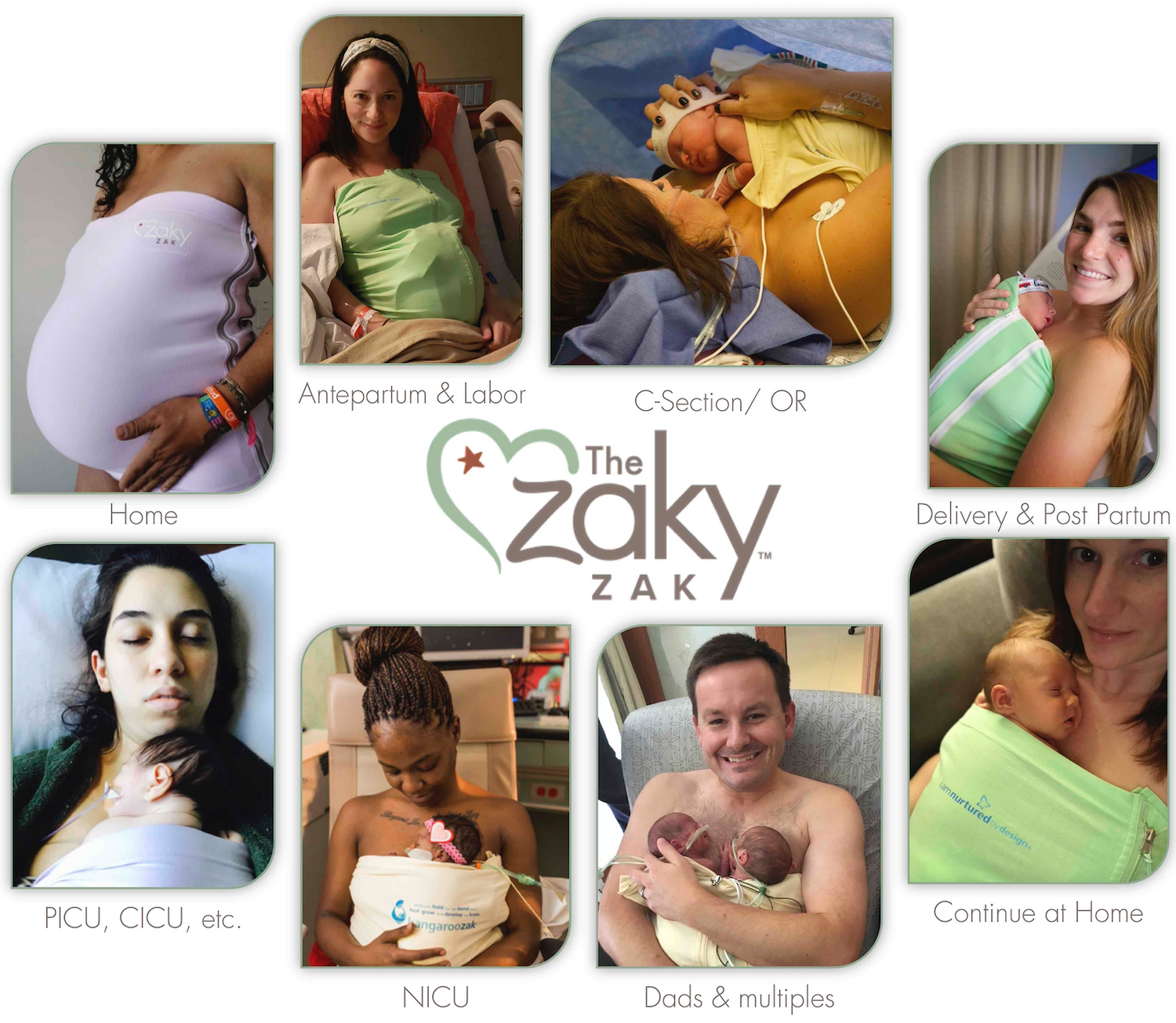
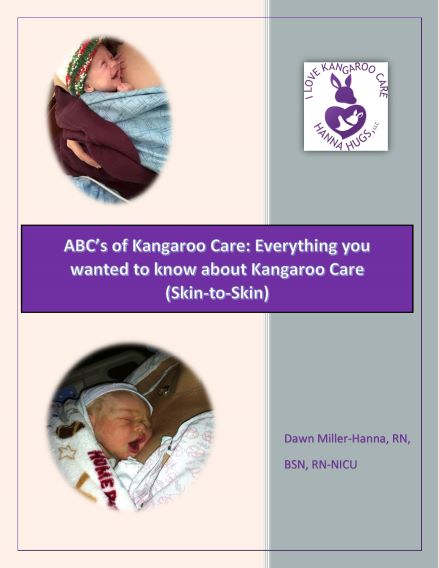
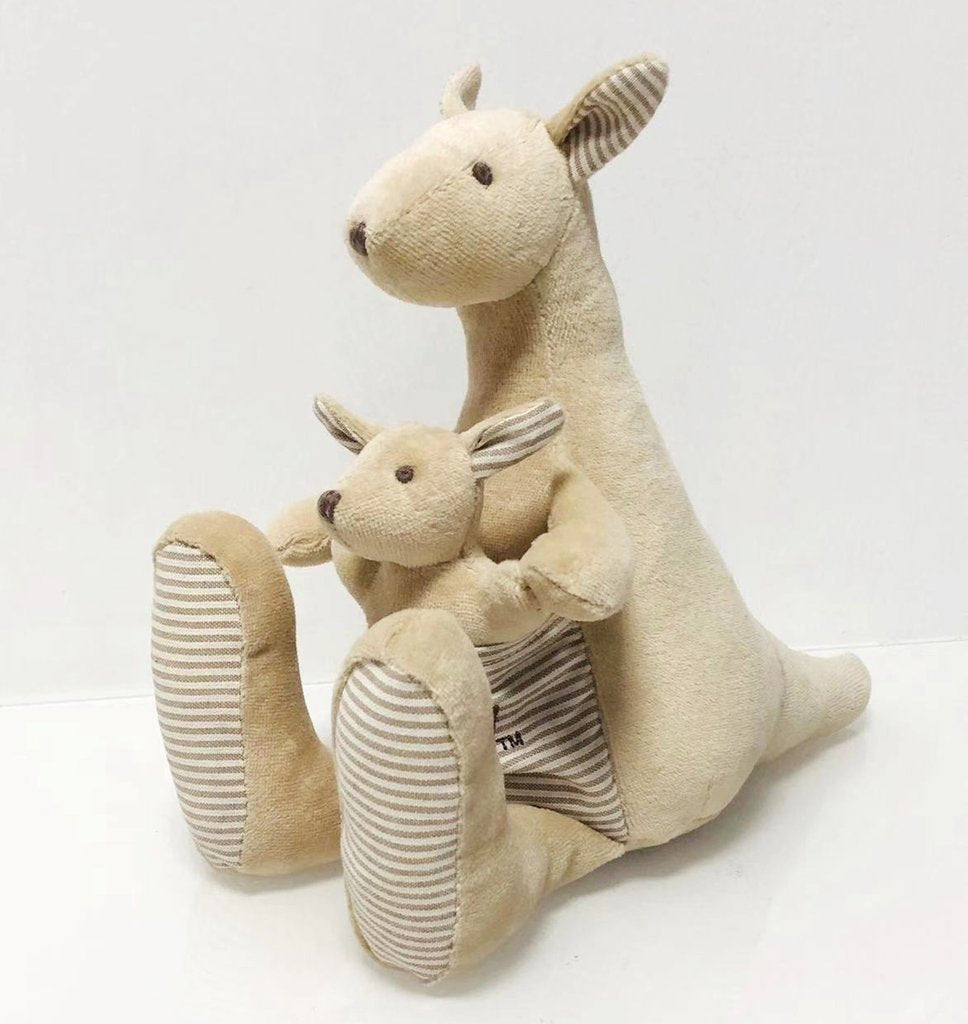
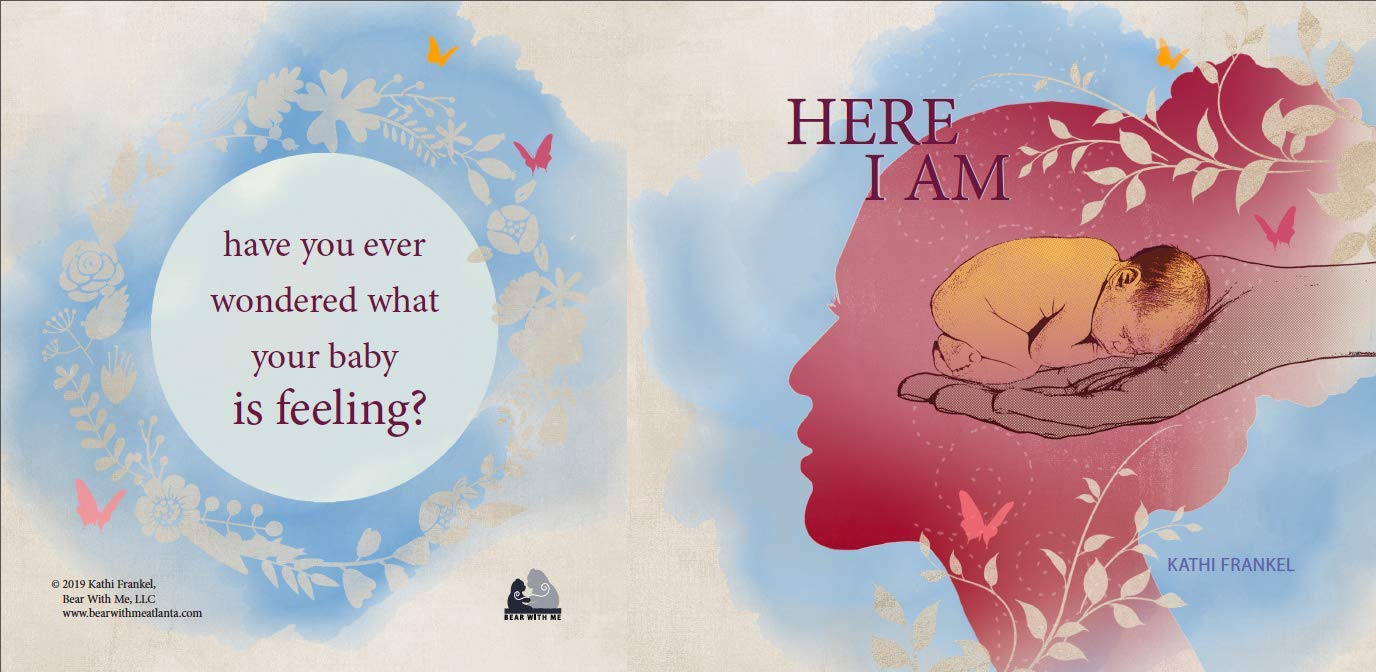

Comment (1)
Thank You so much for sharing this crucial information on natural mother care, as I was seeking for such a good piece of knowledge for me and for my wife as well.